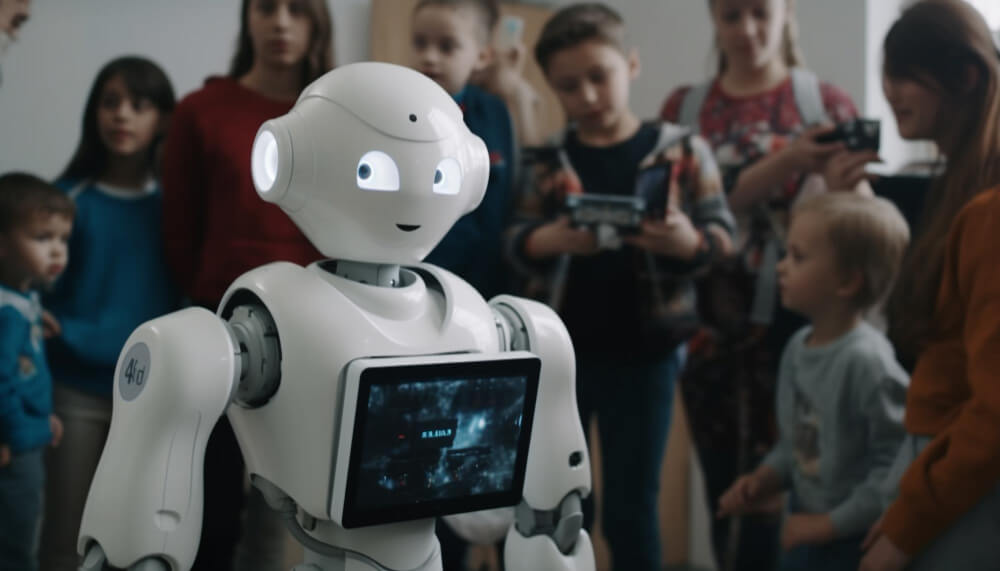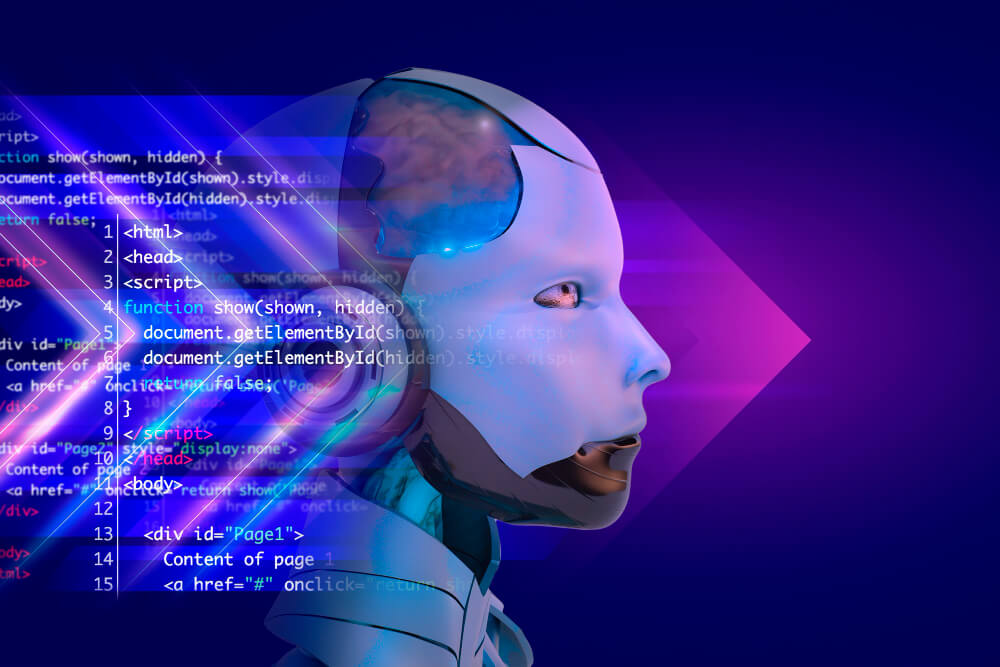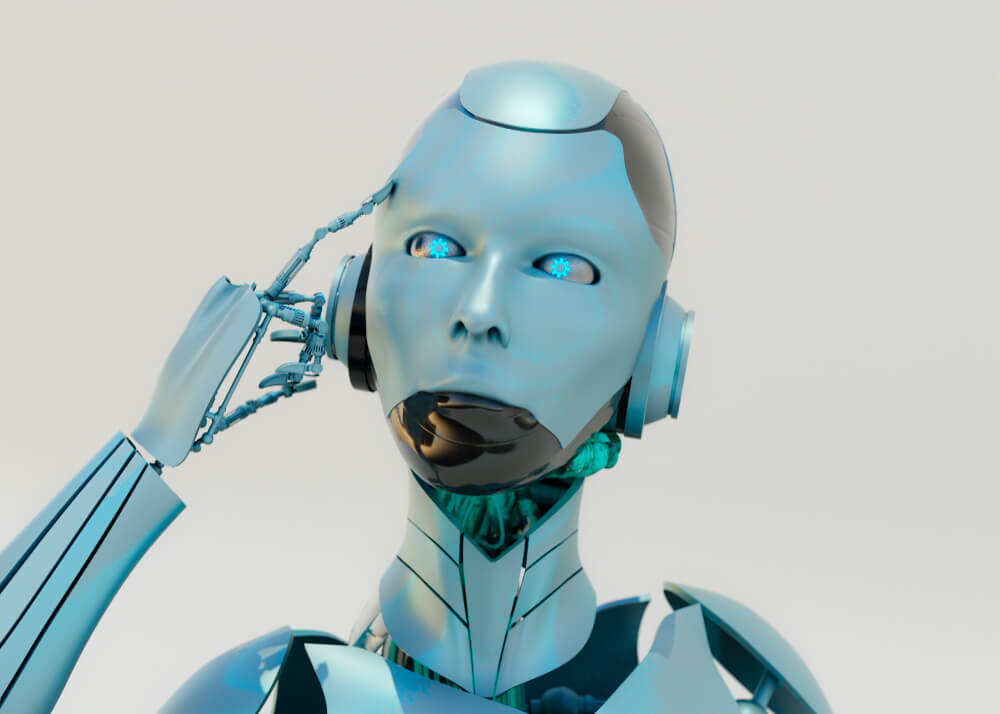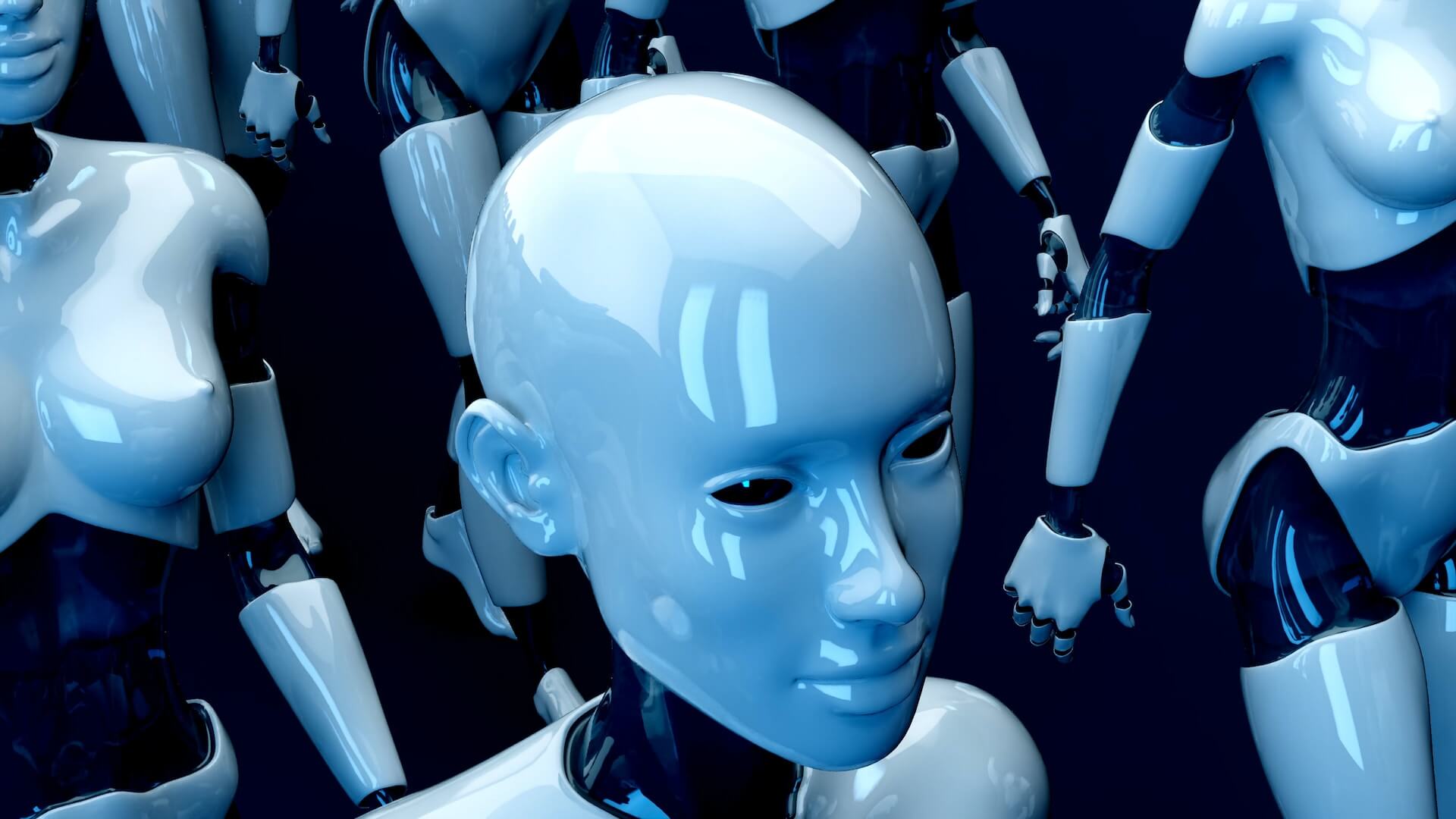Artificial Intelligence (AI) has made significant breakthroughs in recent years. One of these is the generation of accurate answers, a process that does not need to rely on traditional databases. This is a departure from the search engines and knowledge bases of the past. So why can AI do this?
Natural Language Processing Technology
Natural Language Processing (NLP) technology is the technology that allows computers to understand and process human language. By using NLP techniques, AI can convert human language into a format that computers can process. This allows the computer to "read" the question and find the appropriate answer. For example, when answering a question, AI can recognize keywords in the question and find relevant information based on those keywords.

Machine Learning
Machine learning techniques are technologies that allow computers to automatically learn patterns and routines. One of the hot machine learning techniques is deep learning. By learning from large amounts of data, artificial intelligence can improve its own accuracy and efficiency, generating more precise answers. For example, in a Q&A system, AI can learn a large dataset of questions and answers in order to obtain contextual information to answer questions better.

Knowledge Graph Technology
Knowledge graph refers to the technology used to store and manage knowledge. By connecting various entities, attributes, and relationships to form a complete knowledge network, it allows computers to generate answers based on this knowledge. For example, when an AI receives the question "What is the capital of the United States?" the knowledge graph technology can help the computer understand the concepts of "America" and "capital" to find the answer and generate an accurate response.

Semantic Analysis
Semantic analysis is a technology that helps computers understand the meaning of language. By using semantic analysis, AI can link similar or related concepts and be more accurate when dealing with complex problems. For example, when answering a question, AI can use semantic analysis techniques to determine the meaning of the question and related words to improve the accuracy of the answer.
The continuous development and refinement of these technologies has already led to a wide range of applications for AI in answering questions and providing services. In the future, we can expect further innovation and development of these technologies to expand the application areas of AI to a wider range.
